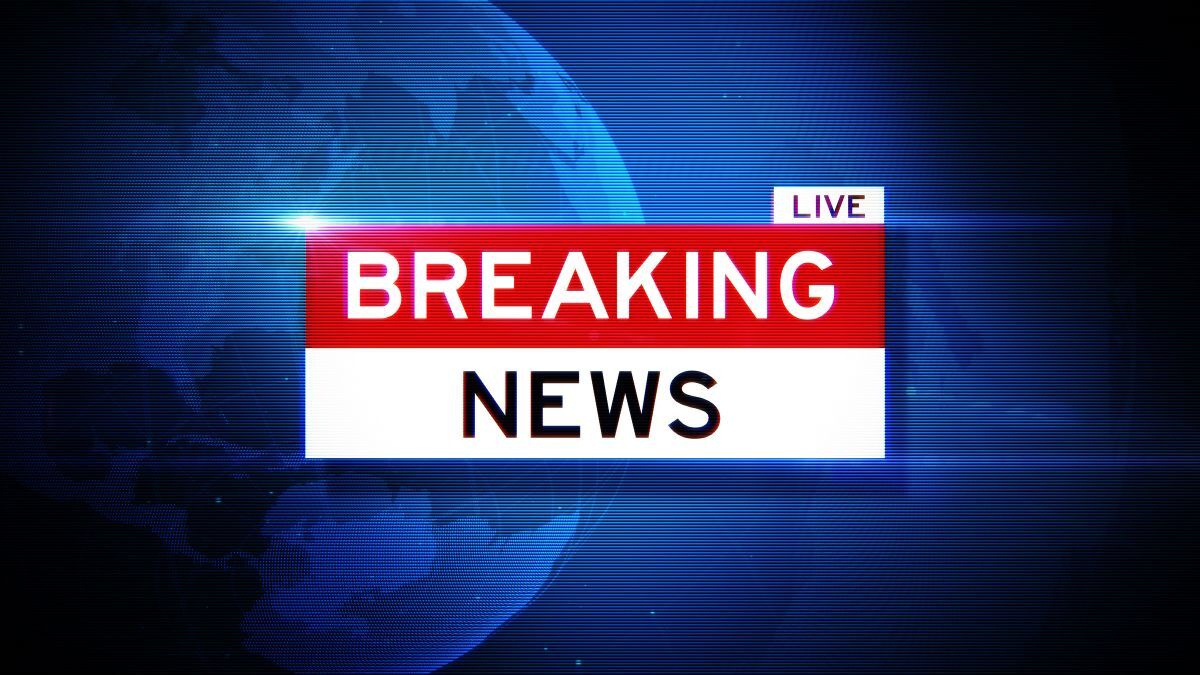Key Takeaways:
- Mohammad, a migrant, faces a critical river crossing without knowing how to swim.
- He has endured a grueling three-week journey across nine countries and 4,000 miles.
- Suffering from hunger, dehydration, and illness, Mohammad’s situation is dire.
- He has been robbed four times in Brazil and Colombia, highlighting the dangers migrants face.
A Grueling Journey: The Path to Desperation
Mohammad’s journey is a testament to the desperation driving many migrants toward the United States. Originating in a distant land, his journey spans nine countries and 4,000 miles, marked by immense hardship. The path through South America into Central America is notorious for its dangers, pushing migrants to their limits.
Mohammad’s story illustrates the perilous route many take, driven by hope for a better life. Each step is fraught with uncertainty, from treacherous terrains to unpredictable human encounters.
Facing the Unknown: ARiver of No Return
Now, in western Guatemala, Mohammad confronts a daunting challenge—a river he cannot cross. His inability to swim adds another layer of desperation to his already dire situation. Weakened by hunger and dehydration, his body also battles illness, with painful sores adding to his misery.
The river represents more than a physical barrier; it’s a potential end to his arduous journey. Without the ability to swim, Mohammad must decide: risk everything or turn back, a decision many migrants face daily.
A Deadly Path: Robberies and Extortion
Mohammad’s journey has been plagued by robberies in Brazil and Colombia, a stark reminder of the dangers migrants face. These incidents underscore the vulnerabilities they encounter, often at the mercy of criminals who prey on their desperation.
Each robbery strips migrants of their resources, worsening their plight. Beyond material loss, these encounters leave deep emotional scars, highlighting the brutality of their path.
The Broader Crisis: Understanding the Migrant Surge
Mohammad’s story is one of many in a larger crisis. Thousands embark on similar journeys each year, driven by poverty, violence, and climate change. The U.S. remains a beacon of hope, despite the perils involved.
This surge strains systems meant to manage migration, creating challenges for nations and institutions. It raises questions about safety, policy, and human rights, urging global action to address these issues.
Conclusion: The Human Cost of Migration
Mohammad’s situation paints a vivid picture of the human cost of migration. Each migrant has a unique story, yet they all share a common thread of resilience and determination. The river crossing is a critical moment in Mohammad’s journey, symbolizing the broader challenges faced by many.
Understanding this crisis requires empathy and awareness of the complexities involved. As the world grapples with migration, stories like Mohammad’s remind us of the human element at stake.

